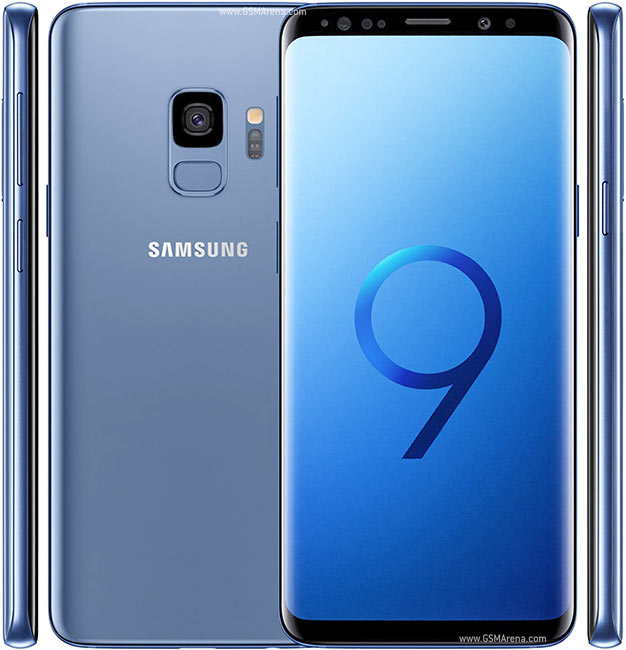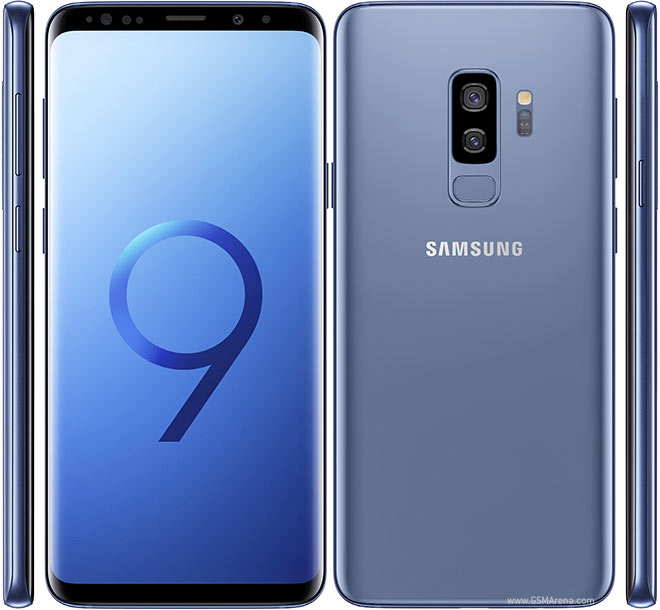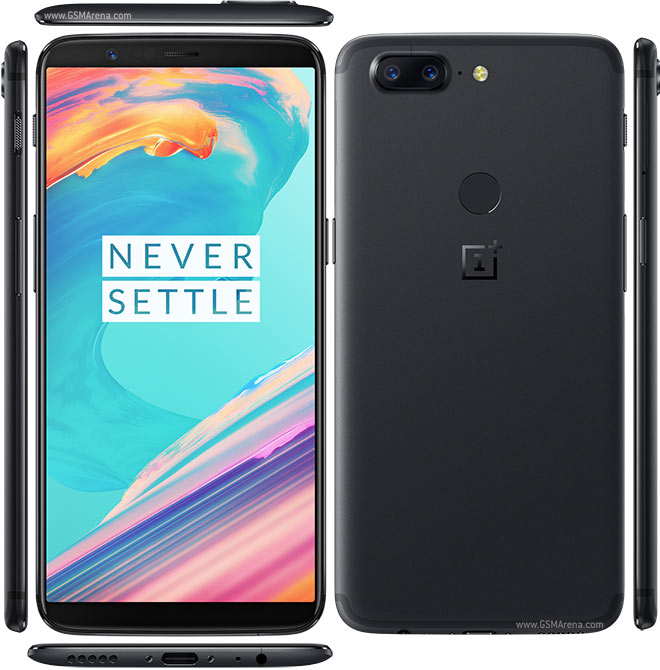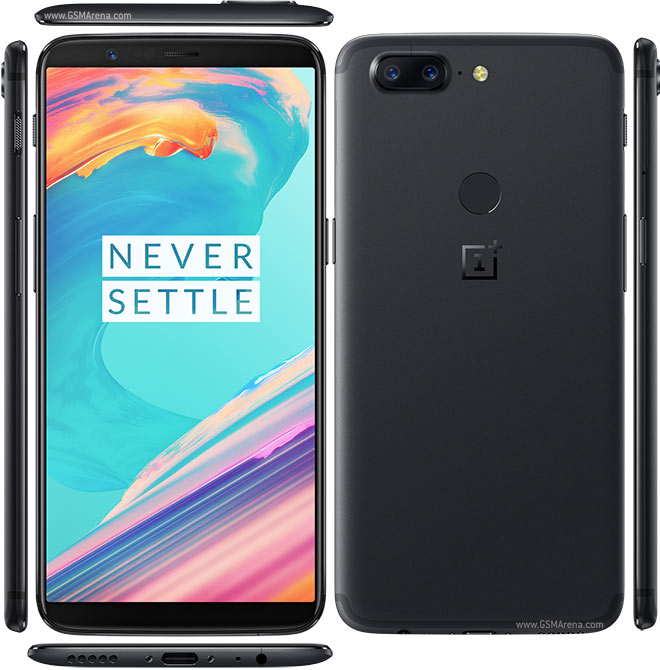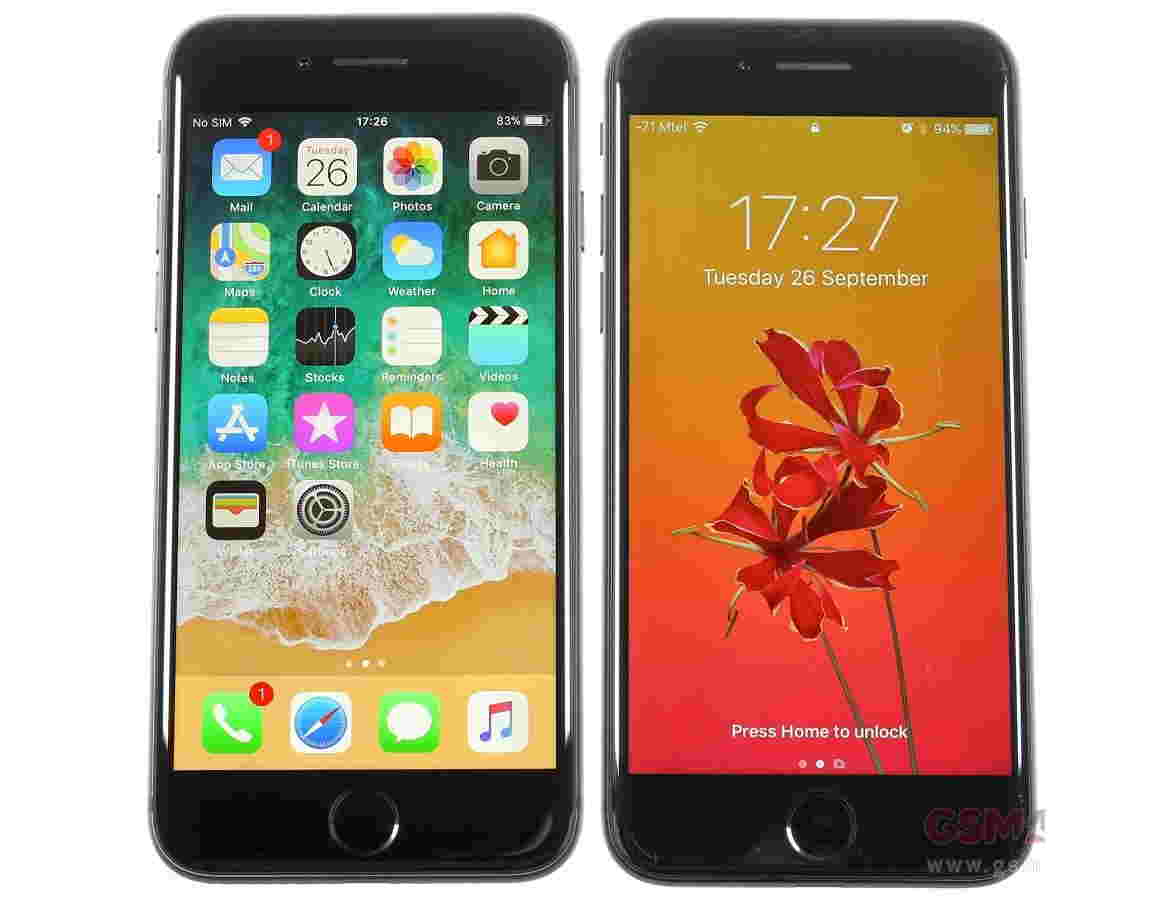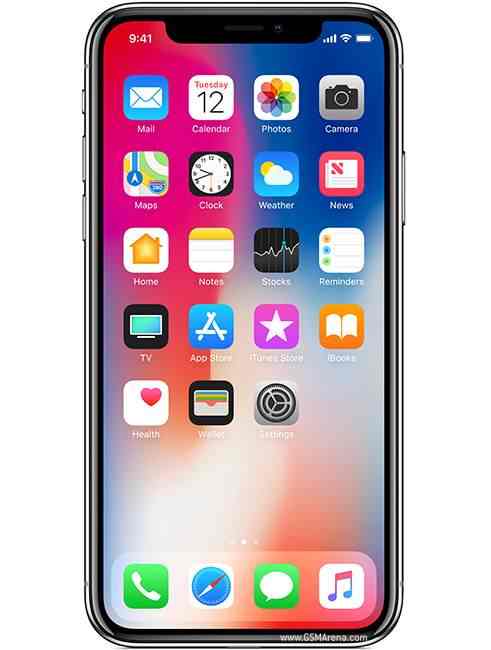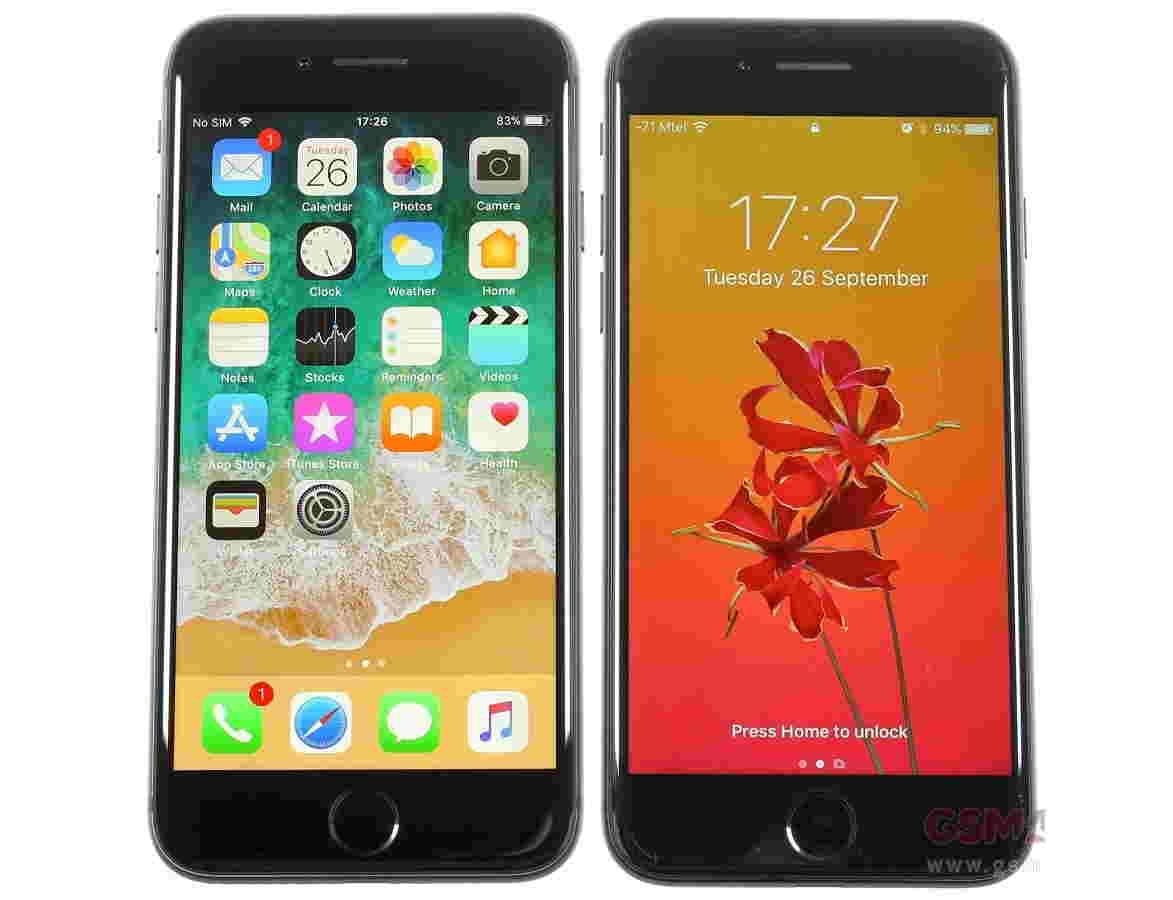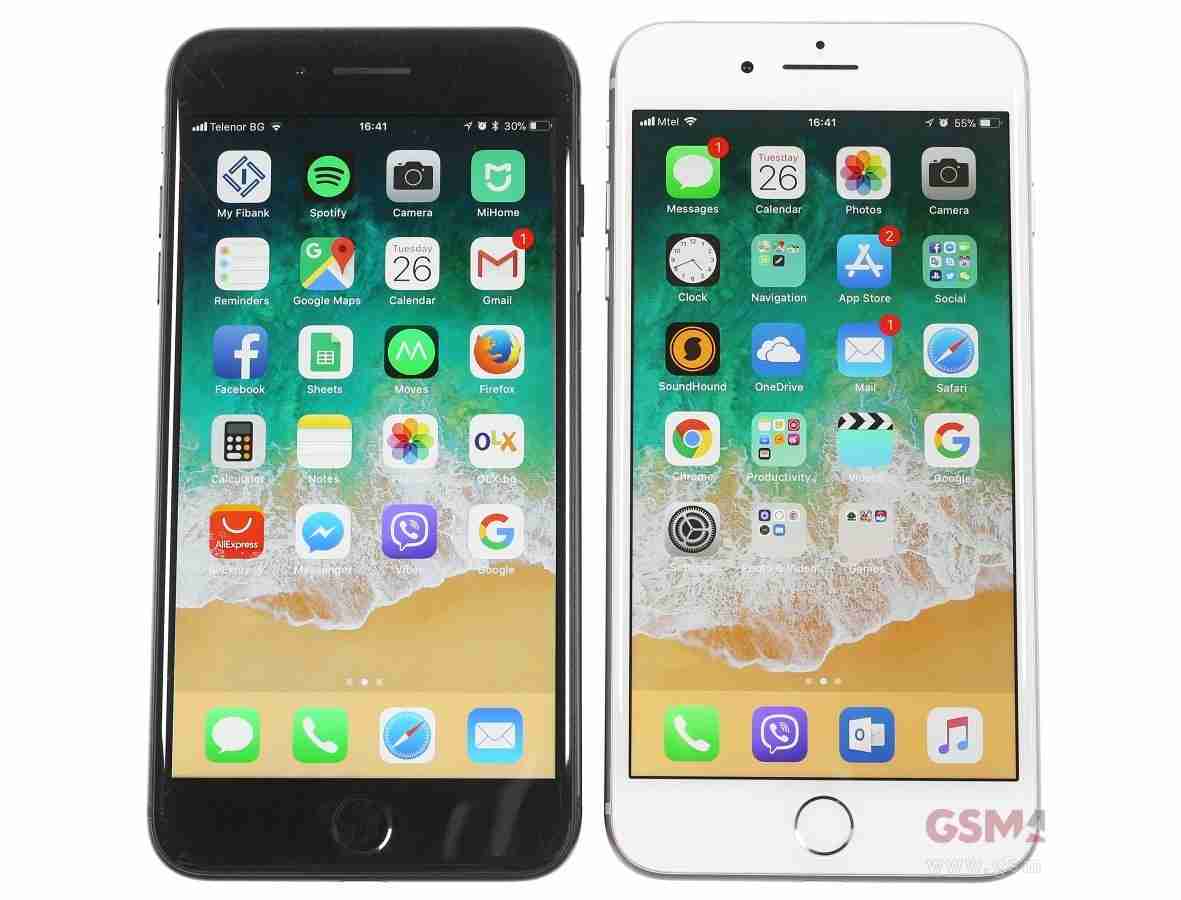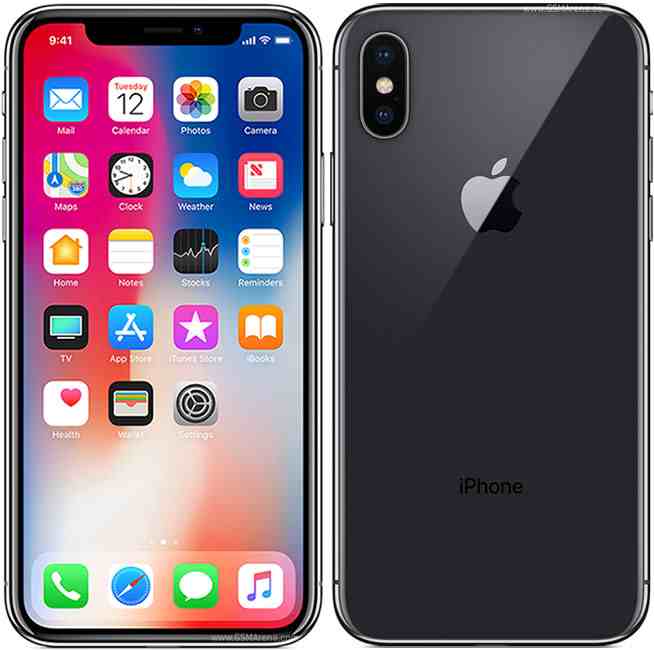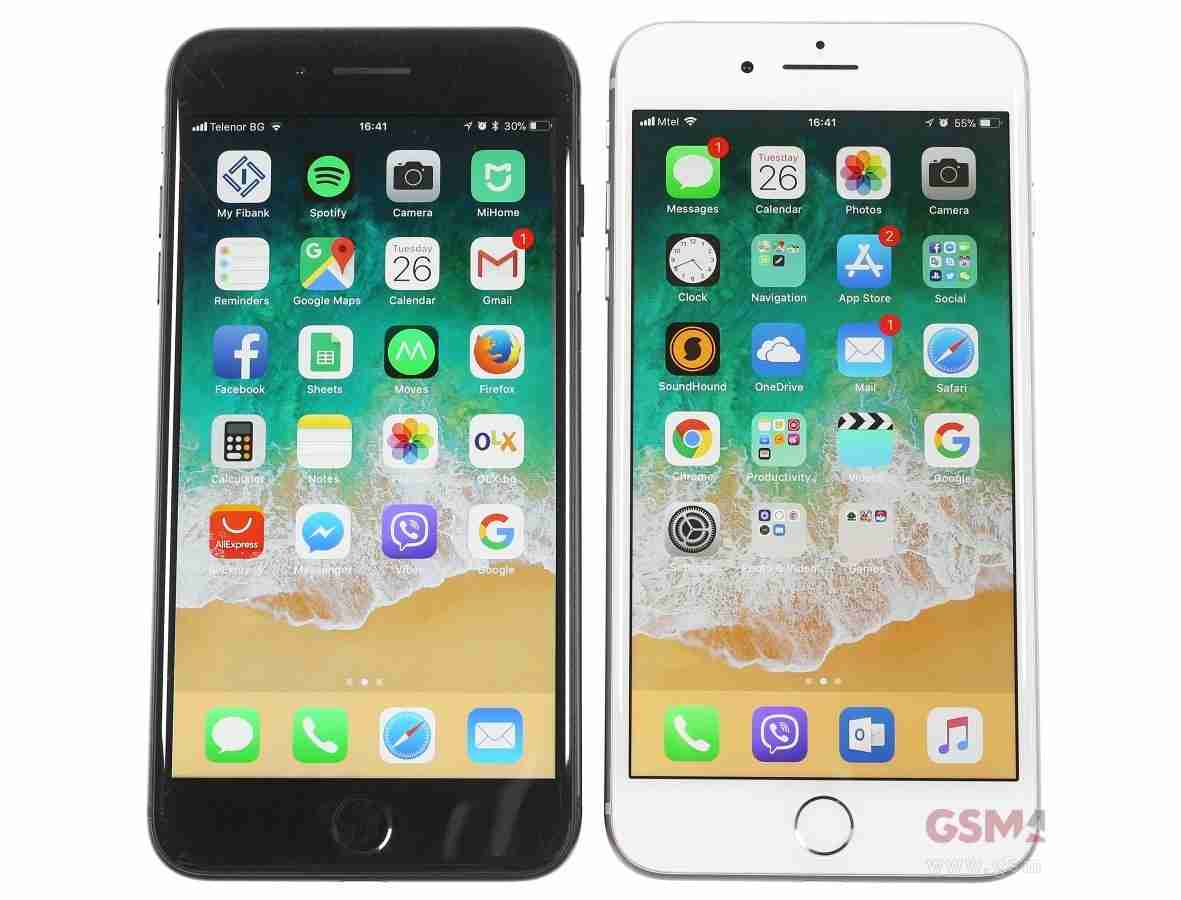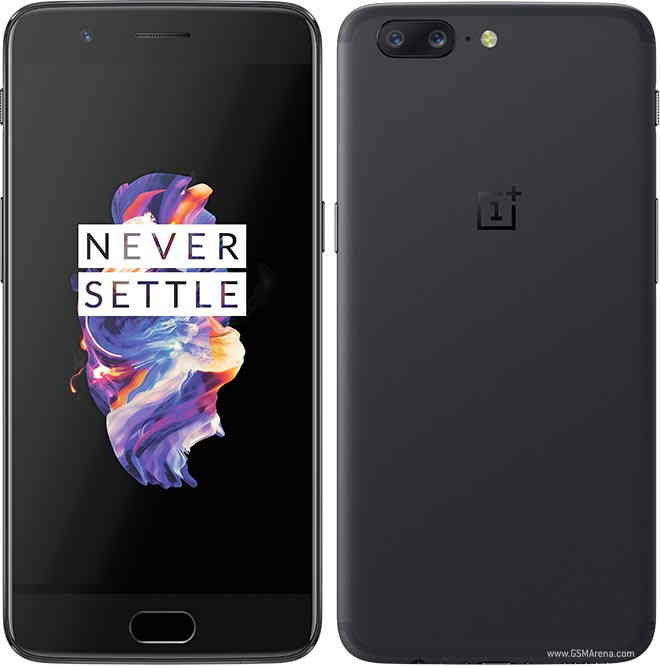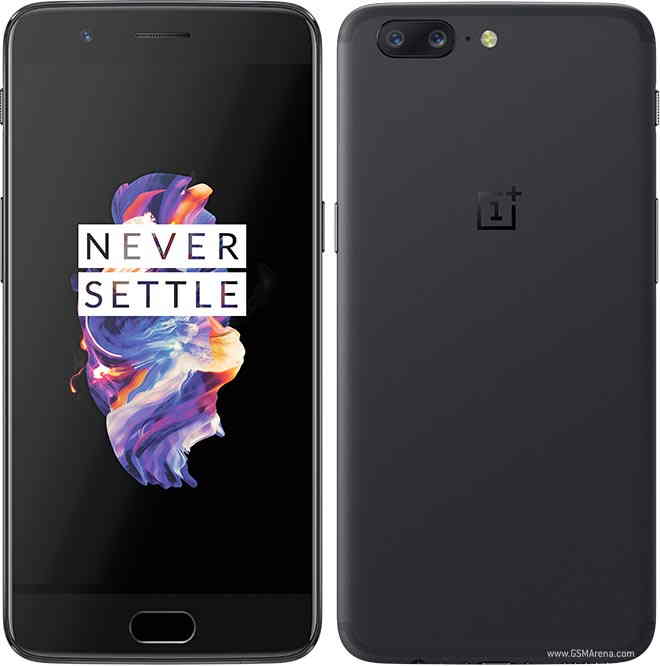
iOS 8 release date, news and rumors
Update: There's reason to believe iOS 8 will be out on September 10 if Apple follows its usual pattern. We added this information under the release date section.
Apple spent a significant amount of its WWDC 2014 keynote focusing on iOS 8, which takes the flat iOS 7 design and only rounds it out with new features.
That means instead of a dramatic redesign, you can expect this year's mobile operating system update to tie everything together with the overarching theme of "convergence."
iOS 8 features tighter Mac integration while loosening the restrictions on Apple's Touch ID fingerprint sensor. New software kits also bring once fragmented security and health gadgets together.
No, there was no mention of an iPhone 6 at this year's WWDC, but there have been plenty of leaks that tell us the iOS 8-equipped smartphone is launching this month.
Whether or not an iWatch arrives then too, Apple new operating system is at least setting the stage for a new wearable device sneak peek and 2015 launch by the time iOS 8 is ready for public release.
Release date
Apple likes to announce new iPhones on Tuesdays, make new iOS updates available to download on Wednesdays and, depending on availability, start selling or taking pre-orders for new devices on Fridays.
With a major Apple event reportedly scheduled for Tuesday, September 9, there's a pretty good chance that iOS 8 will be on the company's servers on Wednesday, September 10.
History has also taught us that when iOS updates exit beta in September, they spend one last week in a near-final developer state, aka the "Gold Master version." Expect that on or around September 3.
Of course, developers can get their hands on the feature-limited iOS 8 beta now, but everyone else has to wait a few weeks for the official release date.
What is it? The next iteration of Apple's mobile platform
When is it out? On or around September 10
What will it cost? iOS 8 will be a free download
Compatibility
When it comes to iOS 8 compatibility, Apple requires an iPhone 4S or newer and iPad 2 or newer to update to the latest software. Only the iPhone 4 is cut from the list.
Both the iPads mini and iPad mini 2 tablets and the forever alone iPod touch 5th generation are also going to work with the new iOS, just like they did with iOS 7. No one besides 2010's iPhone 4 gets left behind.

It's important to note that all of these iDevices use Bluetooth 4.0, a low-energy version of the antenna that many wearables require for constant syncing.
There's hardly a more obvious iWatch hint. iOS 8 gets rid of the only device without Bluetooth Low Energy and keeps one that's compatible with Fitbit Flex, Jawbone Up24 and Nike FuelBand SE and, likely, iWatch.
How to download iOS 8 beta
iOS 8 beta 5 is available to download right now, but it's locked behind Apple's iOS developer program that costs $99 a year (about £58, AU$105 a year).
- Read about the iPhone 6 release date, price and features
That's a small price to pay for app developers who are making money, but it's not meant for curious Apple fans looking for an early upgrade to new features.

iOS 8 is buggy and unfinished right now and beta 5 isn't likely to introduce enough fixes to warrant a try. There's also a non-disclosure agreement attached to the program, so you can only brag so much.
Worst of all, not all features are enabled. It's best to wait until the more stable iOS 8 Gold Master version arrives one week before the predicted September 10 release date.
Touch ID for all
Apple's fingerprint scanner has been limited to bypassing the lockscreen and buying iTunes Store content, but iOS 8 changes all of that as app developers get access to the five-digit login tool.
All sorts of apps will be able to use the biometric scanning home button instead of pesky passcodes. So far this only applies to the iPhone 5S, but Touch ID is likely to come to the iPhone 6, iPad Air 2, and iPad mini 3 later this year.

At WWDC, banking service Mint.com illustrated how third-party Touch ID authentication will expand beyond its lockscreen and iTunes confines.
PayPal sent its developers to Apple's Touch ID session at the conference, meaning all of your eBay and e-commerce transactions may be complete with the touch of the home button when upgrading to iOS 8.
Imagine, "Forget password" becoming a thing of the past as the pores in your fingertips act as a much more unique method of protecting your valuable data.
- Have read the leaked iWatch release date, features and price?
This Touch ID convenience is on top of the fact that iOS 8 is slated to scan credit cards via an iPhone or iPad camera and automatically fill in the details to make online shopping easier.
Of course, Apple went out of its way to say that even though you trust many app developers with your bank account data, they won't have access to your biometric information. It's locked away in the A7 processor.
iOS 8 camera time-lapse mode
Believe it or not, the iPhone is consistently the most used camera in the world. It's in so many hands and so easy to use. In iOS 8, the camera app is going to get even better.
Apple added a time-lapse camera mode to iOS 8 beta 1 in order to help users capture extended moments and automatically speed up the video with a higher frame rate.
Condensing everything road trips to candles burning down to their wick to just a few seconds in demoed in the YouTube video above.
iOS 8's time lapse mode is basically the opposite of the slow motion video recording option at 120 frames per second that Apple added to iOS 7 last year.
SMS and phone calls on Mac
iMessages has been a wonderful cross-compatible tool for chatting on iOS devices and Macs - at least until you try to leave your iPhone behind for an Android.

Apple deserters, however, may be lured back to iOS 8 with SMS and voice calls being folded into iPads and Macs, just like blue iMessages currently pop up on Apple tablets and computers.
It's a pain to have to fetch your phone for a single SMS from an Android user, especially when you're sitting in front of a 13-inch MacBook Air screen that's fully capable of handling text messages and phone calls.

Of course, enabling text messages and phone calls to a Mac requires upgrading it to the newly announced OS X Yosemite, but that's a piece of cake since it'll be free and arrive around the same time as iOS 8.
Handoff and WiFi hotspot
iOS 8 and OS X Yosemite are going to be joined at the hip with the Handoff feature that lets you pick up where you left off between devices.
Starting a project or email on an iPad or iPhone will let you finish the task on a Mac with no annoying overlap. There's no need to reopen windows or rewrite text on the computer. And it goes the other way, too, from a Mac to a an iOS 8 device.

What if you don't have access to the internet on your computer or iPad to get the job done? That's where the Instant HotSpot feature will come into play, easing the messy personal hotspot setup of iOS 7.
The one problem with this joint iOS 8-Yosemite feature is that it may require you to own a fairly new Mac. Handoff has been tipped to be not be compatible with Apple computers that pre-date Bluetooth 4.0.
Group messages with voice and video
Group messages is also being enhanced for iOS 8 thanks to new features. You'll be able to add and drop people from conversations and silence non-stop incoming message annoyances via a group-specific Do Not Disturb toggle.
Sharing your location for a set period of time is also going to be a part of iMessages, essentially forking over the concept from Apple's underused Friend My Friends app.

Location sharing, when it was part of the standalone app, was ideal for meeting up in a crowded location like a baseball stadium or concert, and now it'll get more use within iMessages.
Multimedia within iOS 8's iMessages app should be more useful too. Inline voice and video messages with Snapchat-like clips that self-destruct are coming to this mobile OS update.
Interactive notifications
For the times when you do actually respond to texts and calendar reminders on your phone instead of a Mac computer, iOS 8 adds convenient interactive notifications.

Like OS X Mavericks, these notifications can be dealt with in a few simple taps thanks to inline responses. There's no need to mess with the lock screen in order to take action right away.
iOS notifications have come a long way from taking up the entire middle of our phone screens, and iOS 8 makes them feel like even less of a nuisance.
Quicktype keyboard
Apple claims its iOS 8 keyboard is its "smartest keyboard ever," and there's no reason to doubt that since its Quicktype feature adds highly-requested predictive texting that's akin to SwiftKey and Swype.
The candidate row appears above the keyboard with three word-finishing suggestions and then next-word best guesses. It even varies depending on the app that's open to match your tone for each, from casual iMessages to formal emails.

If someone asks you a question, Quicktype will also automatically offer choices like "Yes" and "No" and, optionally, learn your contacts to spell everyone's name correctly.
Better yet, Apple won't limit users to its pre-installed keyboard via developer "extensions."
iOS 8 extensions
Extensions open up iOS 8 to Android's best input methods: Swype appeared at WWDC and SwiftKey confirmed that it's breaking free of its SwiftKey Note standalone app confines.
Other third-party extensions let users tinker with the default sharing options, photo editing tools, custom actions and notification center widgets.

The 1Password extension goes as far as opening up the company's powerful password manager to you without the need to exit the app to open its standalone app. It simply uses Touch ID to get the job done.
Before, you had to close the app that required a password you forgot, open up 1Password's standalone app, copy the password, go back into the original app and paste in the password.
There's always a lot of potential when a platform as large as Apple's opens up its ecosystem to outside developers. Look at what it did to the App Store.
Extensions by forward-thinking developers may be long overdue, but it'll finally be here in a few weeks thanks to iOS 8.
iCloud may actually be useful
Prior to today, there was very little reason to use the ridiculously small 5GB of free space Apple included with iCloud. It was always easier to use a more capable and less expensive Dropbox account.
That all changes when iOS 8 launches alongside iCloud Drive, Apple's new rival to Google Drive, Dropbox, Box, Microsoft OneDrive and the dozens of other file sharing services that have sprung up in recent years.

It still costs money over the 5GB limit, but at least more file types can be stored and synced. This includes documents, presentations, spreadsheets, PDFs and images.
What's really cool about the forthcoming iCloud-enabled iOS Photos app is that every picture and every edit is saved across all of your Apple devices automatically. Better yet, there are new tools and filters in iOS 8 and it'll work on the web.
iOS 8 Family Sharing
Maybe you'll be more willing to buy into iCloud Drive knowing that you're going to save money thanks to Apple's new Family Sharing feature that's part of iOS 8.
All iTunes, iBooks and App Store purchases on the same credit card can be shared among a total of six people in your family. That beats having to sneakily exchange passwords.

New parental controls force kids to ask your permission before aimlessly downloading expensive apps. This "Ask to Buy" feature beams a message to your device, so you don't need to be the fun-depriving "bad guy" in person.
Other Family Sharing perks include collaborative photo albums, calendars and optional locating sharing. You can find your mom or dad and that iPhone they always misplace with this extension of Find My Friends and Find My iPhone.
'Send Last Location' for Find My iPhone
iOS 8 expands the geolocation capabilities of Find My iPhone with Family Sharing and Find My Friends by integrating it into iMessages, but in true Apple fashion, "that's not all."
A "Send Last Location" feature is being added so that your GPS coordinates are backed up to iCloud whenever your battery life is critical.

Right before your iPhone or iPad battery shuts off, the last thing the device does is pinpoint where you left it, whether it's between the couch cushions or still in the car.
This handy iOS 8 beta 1 setting joins the real-time tracking, sonar-like ringing, message sending, device locking and, as a last resort, iPhone-wiping features of Find My iPhone.
Health app
Apple didn't announce an iWatch-tied Healthbook app at WWDC, but it did unveil a more plainly named Health app and the developer-focused HealthKit API.
It's intended to bring together all of the fragmented health and fitness gadgets into one secure location, whether the fitness device deals with your heart rate, calories burned, blood sugar and cholesterol.

Even without a separate fitness device, Apple's iPhone 5S M7 co-processor calculates steps and distance traveled, and iPhone 6 may make room for new barometer and air pressure sensors, according to the latest beta.
Beta 3 also adds a caffeine intake tracking as a nutritional category, which is similar to the Jawbone Up Coffee iOS app. For extra protection, there's an emergency card accessible from the lock screen.
Nike and the MayoClinic are on board with HealthKit in order to deposit health stats into the centralized Health app, and Withings' Blood Pressure Monitor was a part of Apple's WWDC presentation.
The more that existing products like the Fitbit Force and Jawbone Up24 join this initiative, the more iOS 8 users will find this to be the health equivalent to Apple's coupon and ticket stub-collecting Passbook.
HomeKit
Apple also plans to tie together smart home electronics with its HomeKit framework for connected devices so that you control everything without getting up off the couch.

Locking doors, turning off lights, adjusting the thermostat and shutting the garage won't even require tapping your iPhone 5S touchscreen, it turns out.
Instead, these actions can be triggered with Siri voice commands as simple as saying "Siri, I'm going to bed" in order for the computerized assistant to put you into something of a human "safe mode."
Siri and Spotlight updates
Siri does more than look after the house and save you on your electricity bill. Apple's voice assistant is going to start responding to "Hey Siri" as soon as you update to iOS 8.
This safer, hands-free way of activating Siri is joined by the service's ability to identify songs using Shazam's recognition software, purchase iTunes content and recognize up to 22 languages.

Siri is also going to become a better listener with iOS 8 thanks to streaming voice recognition. Now the wavy lines and words that appear on screen will match what you're saying in near-real-time.
When voice search isn't feasible in a loud environment, you can turn to the more reliable iOS 8 Spotlight. Like its OS X Yosemite counterpart, it searches Wikipedia, the news, nearby places, the App Store and more.
Finding things, whether it's via Siri or Spotlight, shouldn't be a problem in iOS 8, as Apple is finally taking on Google's handy voice search.
Location-based lock screen apps
If you're anything like us you have hundreds of apps, but finding the right one at the right time can sometimes mean sifting through folders and that's if you even remember it exists. But with iOS 8 certain apps will appear in the bottom left corner of the lock screen based on where you are at a particular time.

Early examples people have found include apps for the Apple Store, Starbucks and train stations, when near each of those things. You can then get quick access to those apps by simply swiping them upwards.
It seems that it can also make you aware of new apps as sometimes the icon will be for an app that you don't have and will instead take you to its page on the App Store. It's a minor feature perhaps, but one which could save time and help users make purchases and access location-specific information.
iOS 8 split-screen mode in the code
Apple didn't announce the rumored split-screen functionality when introducing iOS 8 in June, but it may be saving the unveiling as a "One more thing" for the software's final release.
iOS 8 beta 3 code points to true multitasking on an iPad, according to leaks from developers. Apps can run side-by-side in 1/4, 1/2 and 3/4 sizes.

There's no telling whether or not a split-screen mode will end up in future iOS 8 beta versions or the final software, but Apple certainly appears to be toying with the idea.
After all, its competitors have had the feature up-and-running for some time. The Samsung Galaxy Tab S has multi-window mode and Microsoft Surface 3 has snap mode. Like copy-and-paste a few years ago, iOS users are left envying others.
Features being saved for iOS 9?
There's a lot going on with iOS 8, but chief among the changes Apple failed to implement officially is true split-screen multitasking, which Samsung and LG have offered on their Android tablets and larger phones.
Public transit directions via Apple Maps is missing in action as well, and Google Maps is benefiting the most from this. Hopefully its implementation was delayed to iOS 8.1 instead of next year's iOS 9.
Apps for photo previews and a TextEdit application, also previously rumored for WWDC 2014, didn't make an appearance either, and the status of Game Center is still unknown. Apple hasn't killed it off just yet.
As the almost complete iOS 8 beta updates with new features, there are bound to be more surprises leading up to the Gold Master and official release date, likely September 10.
Coupled with iPhone 6 and an iWatch, it should be enough to keep Apple users from defecting to Android, even with the new Android Wear watches launched at Google IO 2014.
- What's the difference? Our iOS 8 vs Android L comparison
iOS 8: 10 things we want to see
So we're starting to get an idea of some of the major changes in store for iOS 8, still, there are many other things we'd like to see Apple change by the time iOS 8 rolls around later in 2014 - although in some cases we've got a sneaking suspicion Apple would disagree.
1. Change and hide default iOS apps
We'd love to be able to choose non-Apple alternatives for handling email, browsing and maps, but doubt it'll happen. However, Apple not providing the means to hide preinstalled apps you don't use is an irritant that goes back to the very first iPhone.
Even if there was a similar 'parental controls' trick for hiding apps to the one on the Apple TV, that'd be good enough.
2. A guest/child account
Apple's mantra is everyone should own their own device. That's lovely, but not everyone's pockets are as deep as those of Apple board members.
OS X-style user accounts are unlikely, but it can't be beyond Apple to provide a single-tap child account or a guest account that doesn't affect your settings and data, and doesn't retain settings or data of its own.
3. Better iOS app management
As of iOS 7, Apple automates app updates, but it should go further. Devs wrestle with iCloud app data, but this should be child's play to save and also (optionally) restore whenever you reinstall an app.
And the App Store itself should offer trials and paid version updates (rather than devs being forced to use IAP or 'replacement' apps as a workaround).

4. Stronger inter-app communications
One of the weakest elements of iOS is inter-app communication. If a service bumps you to another app, you're not always returned when you've finished performing an action.
Worse, when making document edits across several apps workflow can be a nightmare with document copies in various states strewn throughout individual app sandboxes. Hopefully this is set to improve if the new API for data-sharing makes it into iOS 8.
5. Better document management
Following on from the previous point, iOS should introduce at least some kind of centralised access to documents. Right now, Dropbox is a surrogate file system because iCloud is a bunch of silos.
It's absurd that you can't easily attach documents within Mail in an OS that boasts a version number of 7. The lack of collaboration opportunities within iCloud document workflow is also disappointing.
6. Group FaceTime calls
This isn't specifically tied to iOS, but Apple's mobile platform is where FaceTime began life, and although the one-to-one model is great, it's about time you could call several people at once, rather than a group having to crowd around an iPhone.
7. iOS notifications like in OS X Mavericks
In OS X Mavericks, notifications are interactive - get a message and you can deal with it there and then, rather than leaving the app you're in. This is even more important on iOS, and so we hope Apple adds similar functionality on mobile. Google does it with aplomb, so we want to see the same here.
8. More Do Not Disturb options
Do Not Disturb gained extra power in iOS 7, enabling you to silence notifications only when a device is locked. Bizarrely, it still retains only a single schedule though. Is it beyond Apple to enable you to at least set one for weekdays and a separate one for weekends?

9. Better text manipulation
Apple's text-selection, cut, copy and paste seemed elegant when it was introduced, but only compared to disastrous equivalents on competing mobile systems.
Today, it comes across as awkward, and it's a barrier to usability for far too many people. We'd like to see a rethink from Apple and more usable and intuitive ways of dealing with text.
10. Two-up apps
We love the focus iOS provides, but there are times when we'd like to work with two apps at once. Much like messing with default apps, we doubt Apple will ever go down this path, but OS X Mavericks now has a more powerful full-screen mode for multiple monitors.
So there's perhaps the slightest hope a multi-screen mode might one day arrive for the iPad or a larger iPhone, and would be one in the eye for all those Samsung owners out there.




